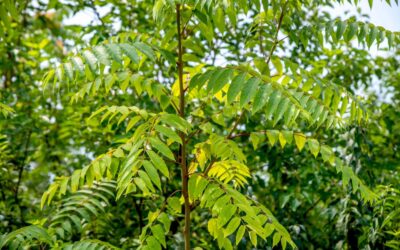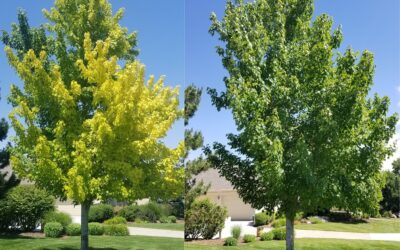You’ll know that spring has sprung if there’s an Eastern Redbud tree in the area. It fairly screams “Winter’s over!” with a brilliant display of thousands of purplish-pink flowers before leafing out for summer.
Native from the Mid-Atlantic states to the eastern edge of the Great Plains, the Eastern Redbud is a small, low-branching tree or shrub that is often found growing beneath larger trees in deciduous forests or hedgerows. Its thin, lacy dark branches give it a delicate appearance in winter and during its spring flowering, and its heart-shaped 3-4” leaves give a soft, rounded look before turning a brilliant yellow in the fall.
Climate, Hardiness and Growing Conditions
The Eastern Redbud prefers protection from the harsh climate extremes of Colorado, but some cultivars do well here with a minimal amount of shelter and are hardy to -30°F at elevations below 6,000 feet. They do well in partial shade and filtered sunlight as well as full sunand tolerate a variety of well-drained soils. They’re slow growers that top out around 30 feet tall and 25 feet wide. Eastern Redbuds like moderately moist soil, so plant them in areas that get regular watering or provide supplemental irrigation.
Beautiful, Edible Blossoms, Seeds and Twigs
Their spring blossoms attract hummingbirds, butterflies and bees, and birds and squirrels feed on the seeds in winter. Native Americans ate the flowers raw or boiled and roasted the seeds to eat. In some parts of Appalachia, the green twigs are used to spice game meat, giving the tree its local name, Spicewood.
Pests and Disease
Pests and disease aren’t generally problems with Eastern Redbud trees, but some caterpillars like to feed on the leaves, so if pests or disease become a problem, call a certified arborist for help. But with a minimal amount of care, the Eastern Redbud will reward you with many seasons of enjoyment as a striking landscape feature.
If you’re considering adding an Eastern Redbud or two to your landscape, or need maintenance of existing plantings, give Donovan Arborists a call. We’re ready to help with all your tree planting, transplanting, pruning and removal needs.



